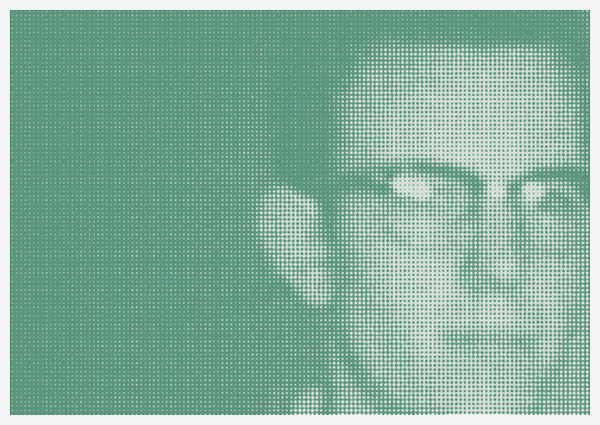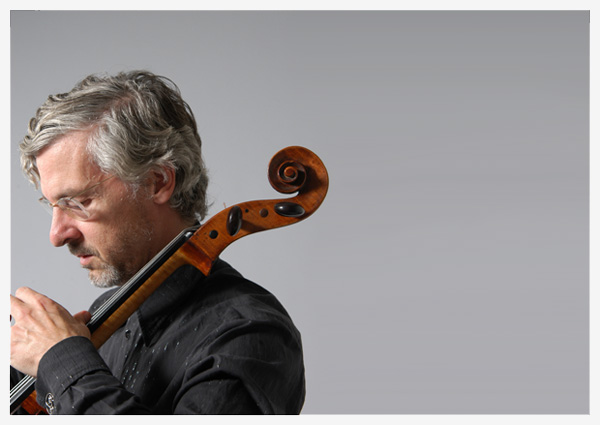Charles Curtis - Terry Jennings
“Jennings’ music manages to combine a bleakness, an austerity, with a kind of tenderness, that is indescribably poignant. The word bittersweet is rarely as accurately applied as it is to his music. It is a state that very few composers have ever captured; first and foremost, there is Schubert of the Winterreise; and then there are moments in Bach, in Purcell, in late Chopin, and occasionally in Debussy; and almost nothing else comes to mind. Perhaps the particular element that Jennings captures is one that is not familiar to the more forthright, dramatic, spectacular composers. Perhaps his reticence, his impossible personality, his personal problems, made him privy to a fleeting moment of beauty that is revealed in such detail to only a very few.” (Charles Curtis)
Terry Jennings (1940-1981) was a key figure in the first generation of Minimalist composers and artists, once memorably described by John Cale as “the slowest man in the world”. His performances in the early 1960’s at venues such as The Living Theatre and Yoko Ono’s Chambers Street loft left unforgettable impressions on his listeners, and his collaborations on saxophone with La Monte Young, John Cale, Charlotte Moorman and others are the stuff of legend. A troubled life and early death have left his legacy largely undocumented; performances of his music are extremely rare. La Monte Young was Jennings’ closest associate and teacher, and Charles Curtis has studied Jennings’ music with Young since first encountering the Piece for Cello and Saxophone in 1989.
Jennings’ music is sparse and nearly motionless, emotionally direct, and fragile in the extreme. Piece for Cello and Saxophone is a monumental reflection on a handful of chords and melodic patterns, somewhat resembling raga, but modulating through a chorale-like progression in very slow motion. The solo version Curtis performs evolved from an arrangement created by La Monte Young, in which Young himself performed the saxophone part as a vocalist, with Curtis sustaining the cello drones. In a subsequent formation, Curtis learned the solo part by following Young’s improvisations as a sarangi player follows a vocalist, while an ensemble of three cellists sustained the drones. Young thus passed the tradition of the solo role on to Curtis to create this version.
An unknown masterpiece, Piece for Cello and Saxophone is one of the most beautiful examples of the very first phase of American Minimalism.
In collaboration with Vooruit

